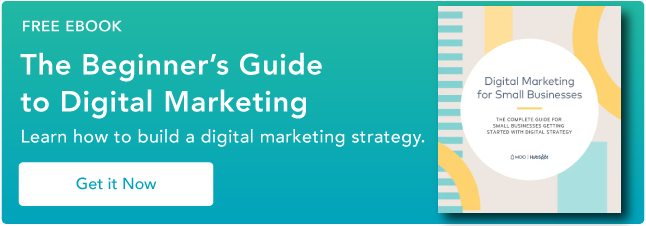Turn customers into community members — how community transformed the Gymshark experience

My transformation from serving customers to nurturing a community didn’t happen overnight. It started with a crisis. Gymshark’s infamous Black Friday 2015 catastrophe happened during my first week: Our website crashed on one of the busiest shopping days of the year.
Orders failed. Customer support lit up. Social media exploded. We were trending — but not for the reasons anyone hoped. I braced for digital war. To top it off, the BBC showed up bright and early the next morning to document the chaos. Cameras, questions, and crew — all while the team was still recovering from a sleepless night.
And yet, something wild happened: Our customers didn’t leave. They leaned in. Gymshark audience remained strong, showing their loyalty to the brand and even feeling compassion toward us during the situation. Why? They felt like they were part of a community.
Gymshark offered customers a sense of belonging. The guest and the business were going on a fitness journey together. Below, I’ll discuss how community can transform your business trajectory. Then, I’ll share tips on building community from my time at Gymshark.
What is community, and why does it matter?
A community isn’t just a group that happens to use the same product or service — it’s a living ecosystem where people feel a genuine sense of belonging. It’s where transactions transform into relationships, and casual buyers become passionate advocates.
In today’s hyper-competitive business landscape, community matters more than any marketing tactic or sales strategy because it creates the one thing money can’t buy: genuine emotional connection. Community is a competitive advantage that can’t be copied.
How I Discovered the Power of Community
The importance of community stretched beyond my first week at Gymshark. The second challenge arose later when I attempted to polish up the brand. I wanted to emulate bigger companies like Nike, Adidas, and Puma. The attempt backfired.
The audience gradually became less engaged. Aspirational was cool, but they wanted to stay connected to the brand. This didn’t just impact engagement. Sales were gradually tailing off too.
I started listening more to our audience, analyzing feedback from our comment section, studying competitor influencers, and monitoring what resonated in their posts. The pattern confirmed what our brand was built on from the beginning: Our audience wasn’t looking for flashy ads or poetic language — they wanted to feel like true participants in our brand.
Frustrated by our messaging approach, I reached out to early customers and simply asked, “What’s missing?”
Their feedback reinforced our founding vision. The product itself was good, but our communication didn’t highlight the community aspect enough. They were looking for more than just a transaction. They craved that sense of belonging we’d always intended to create. They wanted to share experiences with others using our products — exactly what the brand was meant to foster from day one.
This revelation didn‘t change our brand’s purpose but rather reminded us to return to our roots. We needed to better …read more
Source:: HubSpot Blog

![Download Now: 3 Community Management Templates [Free Kit]](https://no-cache.hubspot.com/cta/default/53/866a5201-b39e-4edb-9e7f-65c0d98a9ea0.png)








